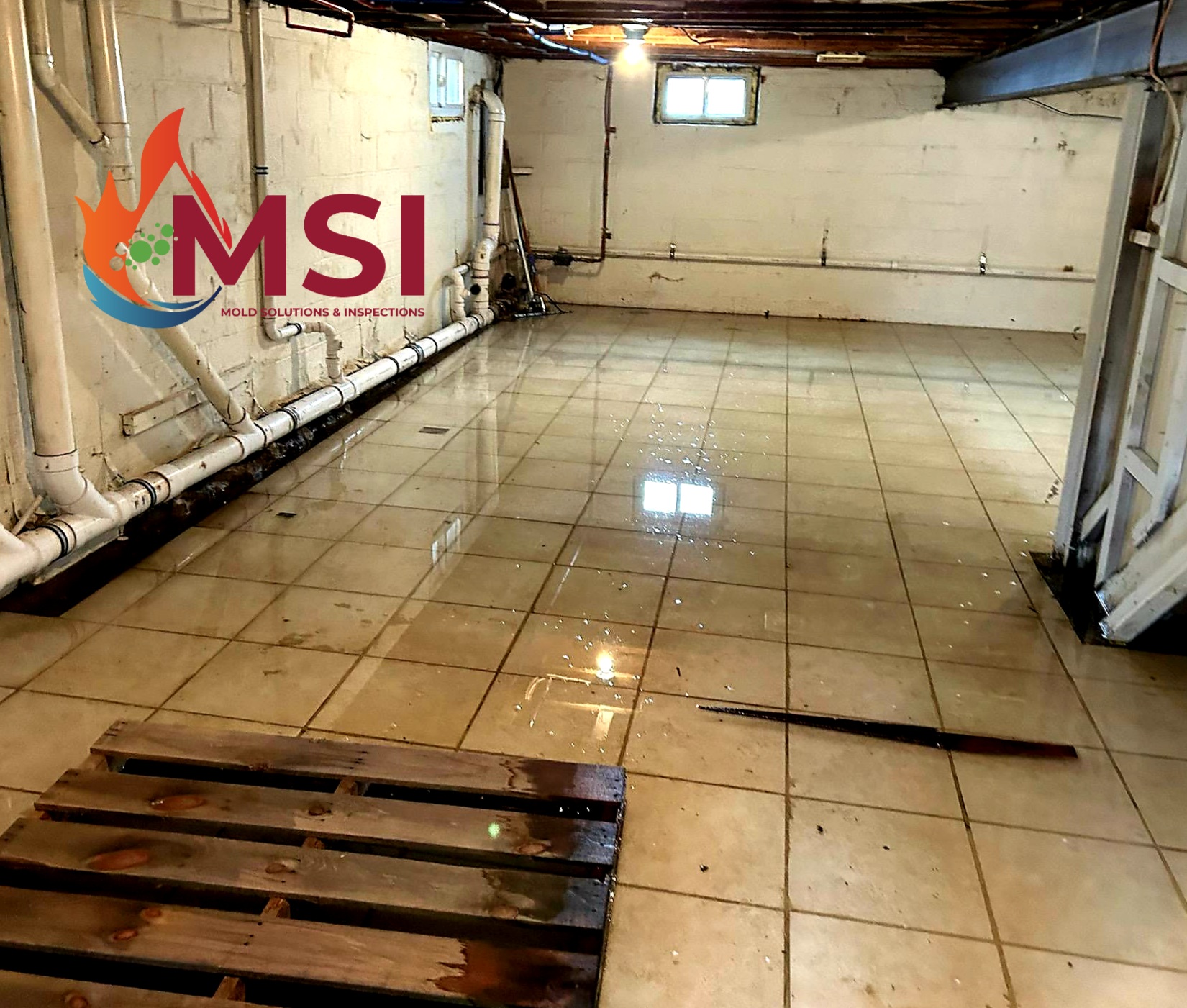Molds are part of the natural environment. Molds are fungi that can be found anywhere – inside or outside – throughout the year. About 1,000 species of mold can be found in the United States, with more than 100,000 known species worldwide. Outdoors, molds play an important role in nature by breaking down organic matter such as toppled trees, fallen leaves, and dead animals. We would not have food and medicines, like cheese and penicillin, without mold.
Indoors, mold growth should be avoided. Problems may arise when mold starts eating away at materials, affecting the look, smell, and possibly, with the respect to wood-framed buildings, affecting the structural integrity of the buildings. Molds can grow on virtually any substance, as long as moisture or water, oxygen, and an organic source are present. They reproduce by creating tiny spores (viable seeds) that usually cannot be seen without magnification. Spores continually float through the indoor and outdoor air.
Molds are usually not a problem unless mold spores land on a damp spot and begin growing. They digest whatever they land on in order to survive. There are molds that grow on wood, paper, carpet, foods and insulation, while other molds feast on the everyday dust and dirt that gather in the moist regions of a building. When excessive moisture or water accumulates indoors, mold growth often will occur, particularly if the moisture problem remains uncorrected. While it is impossible to eliminate all molds and mold spores, controlling moisture can control indoor mold growth.
All molds share the characteristic of being able to grow without sunlight; mold needs only a viable seed (spore), a nutrient source, moisture, and the right temperature to proliferate. This explains why mold infestation is often found in damp, dark, hidden spaces; light and air circulation dry areas out, making them less hospitable for mold. Molds gradually damage building materials and furnishings. If left unchecked, it can eventually cause structural damage to a wood framed building, weakening floors and walls as it feeds on moist wooden structural members. If you suspect that mold has damaged building integrity, consult a structural engineer or other professional with the appropriate expertise.
Since mold requires water to grow, it is important to prevent excessive moisture in buildings. Some moisture problems in buildings have been linked to changes in building construction practices since the 1970s, which resulted in tightly sealed buildings with diminished ventilation, contributing to moisture vapor buildup. Other moisture problems may result from roof leaks, landscaping or gutters that direct water into or under a building, or unvented combustion appliance. Delayed or insufficient maintenance may contribute to moisture problems in buildings. Improper maintenance and design of building heating/ventilating/air-conditioning (HVAC) systems, such as insufficient cooling capacity for an air conditioning system, can result in elevated humidity levels in a building.








